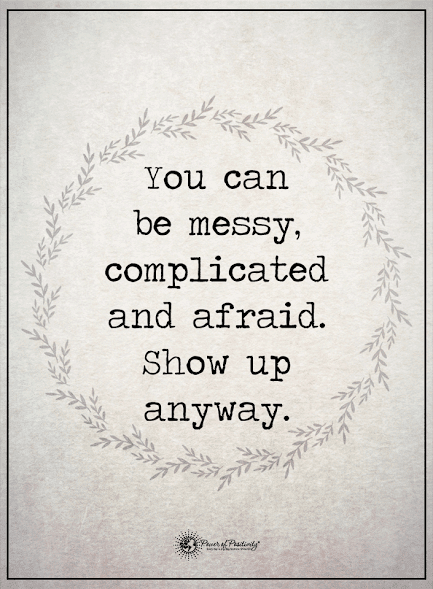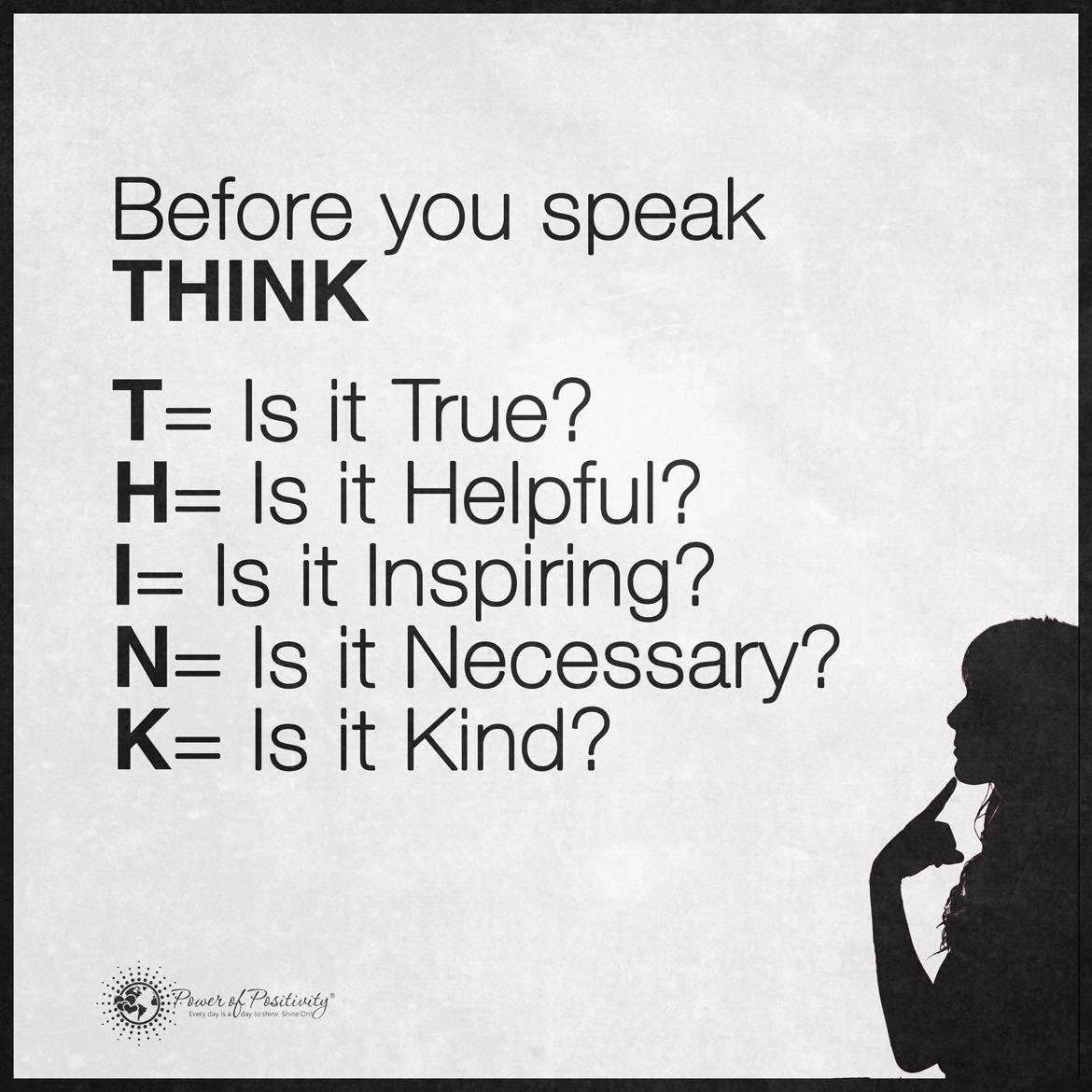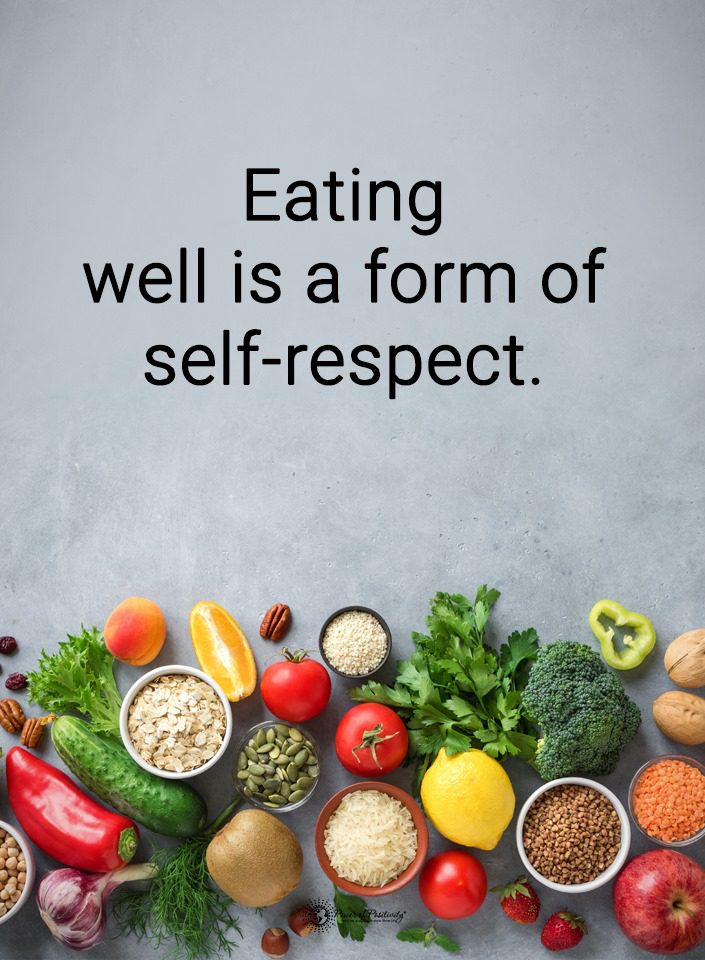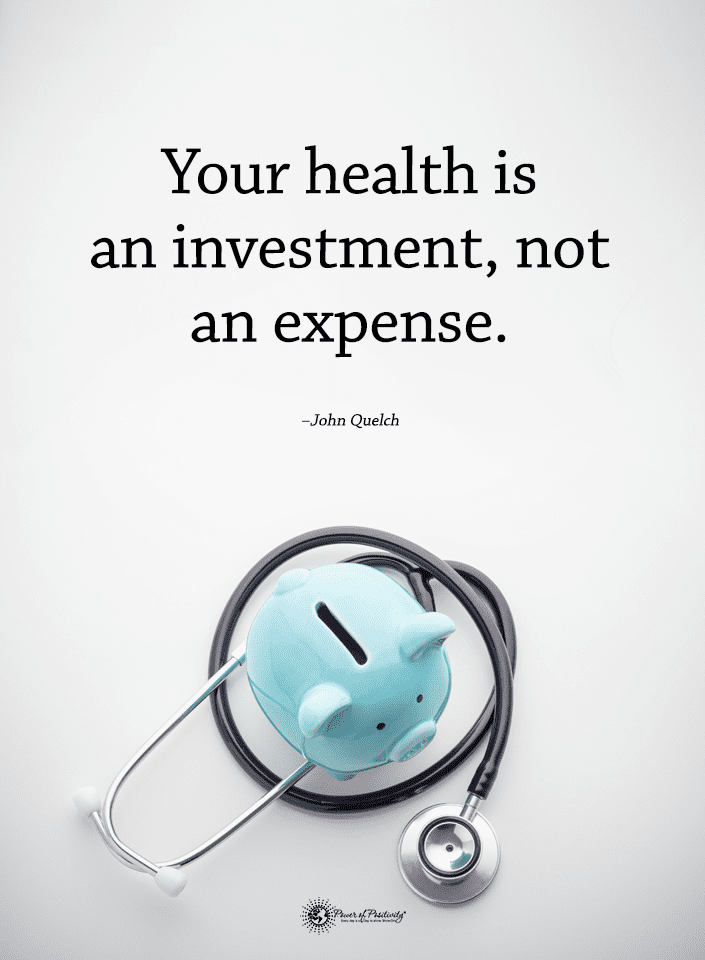So you have a partner who, on the surface, seems perfect for you, like blue skies in the Caribbean. However, you have to think a little more challenging as you put the relationship under the microscope, not knowing where to turn. Your Trixie or Trevor may be emotionally unavailable.
At Power of Positivity, we promote happiness and love. Today, we give you a little food for thought with ten things to consider while helping your partner with their unavailability on an emotional level.
THE TOP TEN TIPS FOR DEALING WITH THE EMOTIONALLY UNAVAILABLE
1. Be direct and honest from the get-go.
We know that these people will not just open up and start to talk. Tell Trixie or Trevor how being shut out is a non-starter and be clear about what you want out of the relationship. If they start reciprocating directly and honestly, feel free to move forward with what you have.
2. Find out why they are emotionally unavailable.
Some people believe putting themselves in a bubble will protect them from pain. On the contrary, you want to be with them and make them happy, as that makes you happy. Show that you accept them for who they are and let them know that having foibles is part and parcel of any relationship. Ask pertinent questions as to what happened to make them form the bubble in the first place.
3. Shift the focus if asking questions proves unfruitful.
Do not feel bitter if the last point did not hit the sweet spot. Instead, give Trixie or Trevor some space to think about what you said and squeeze the juice out of life with other people, though not another love interest. By sewing these seeds, you will be stronger and fresher as a person, and it will ripen the relationship.
4. Don’t try to fix them.
Nothing says “I love you” more than thinking that Trixie or Trevor is like a broken smartphone screen. Hands up. Who knew that was sarcastic? In all seriousness, there is nothing you can do. Also, if they do not see a problem, you know the saying about a certain creek without a paddle. Either accept them as they are or abandon ship.
5. Be patient.
A Czech proverb says that patience brings roses. Check in to the patient’s hotel because, should you decide this is the right person for you, your stay will be long. You must never lose your rag by checking out how to get those roses. By giving your partner the hairdryer treatment in the hotel room, the relationship will suffer by not disclosing more things to you. You both will thank the Czechs for this later.
6. Not take things personally.
It is one of those that is easier said than done, but when Trixie or Trevor shuts down, they are anxious and oppressing certain negative emotions. This has nothing to do with you. However, being objective in something so personal as a relationship is one of the most challenging things to do in life.
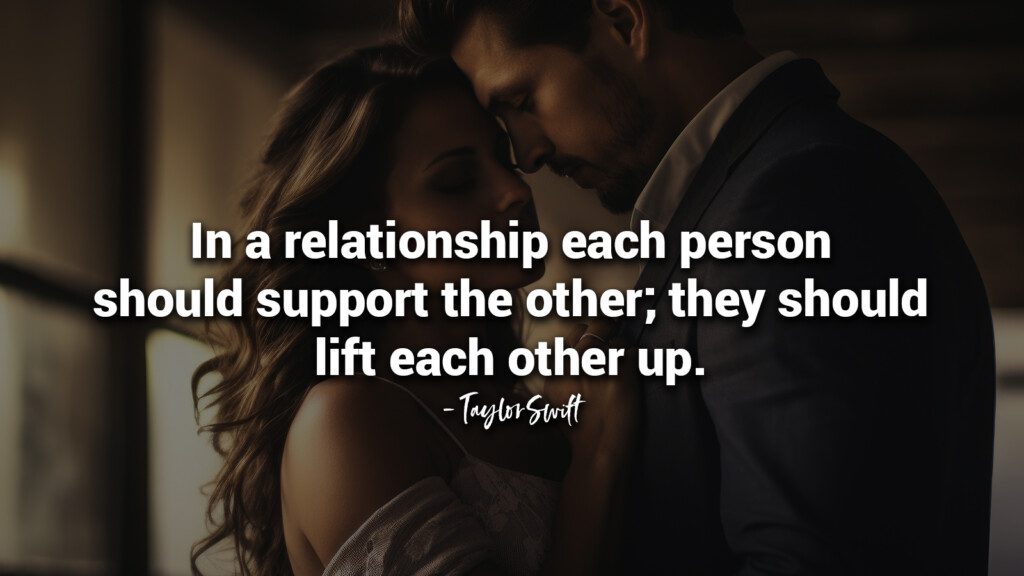
7. Do not chase an emotionally unavailable partner.
If, after trying to do the above, they have decided to bolt, chasing after them is the worst thing you can do. Again, it is not the easiest thing to do, given your feelings. When you both calm down and start missing you, that will be your cue to try again.
8. Be understanding and aware of their feelings.
As we already know, these people want to avoid these harmful emotions. You may even unwittingly trigger a bad reaction, so be in tune with their emotions and your own. Let them do their own thing if that is what they desire. Remember, you can only control what you do and say.
9. Be as communicative as possible.
Being really gentle in your communication
Will be such a trial and tribulation.
But if the emotional mirror is you,
You’ll be sure to break through
And in this, there is a cessation.
10. Do not give up on an emotionally unavailable person until you need to let go.
Give it all until you feel you can no longer do so. Keep trying so that you know you have tried your best for the relationship. If you see that none of what you have done is enough, you must leave for your well-being.


